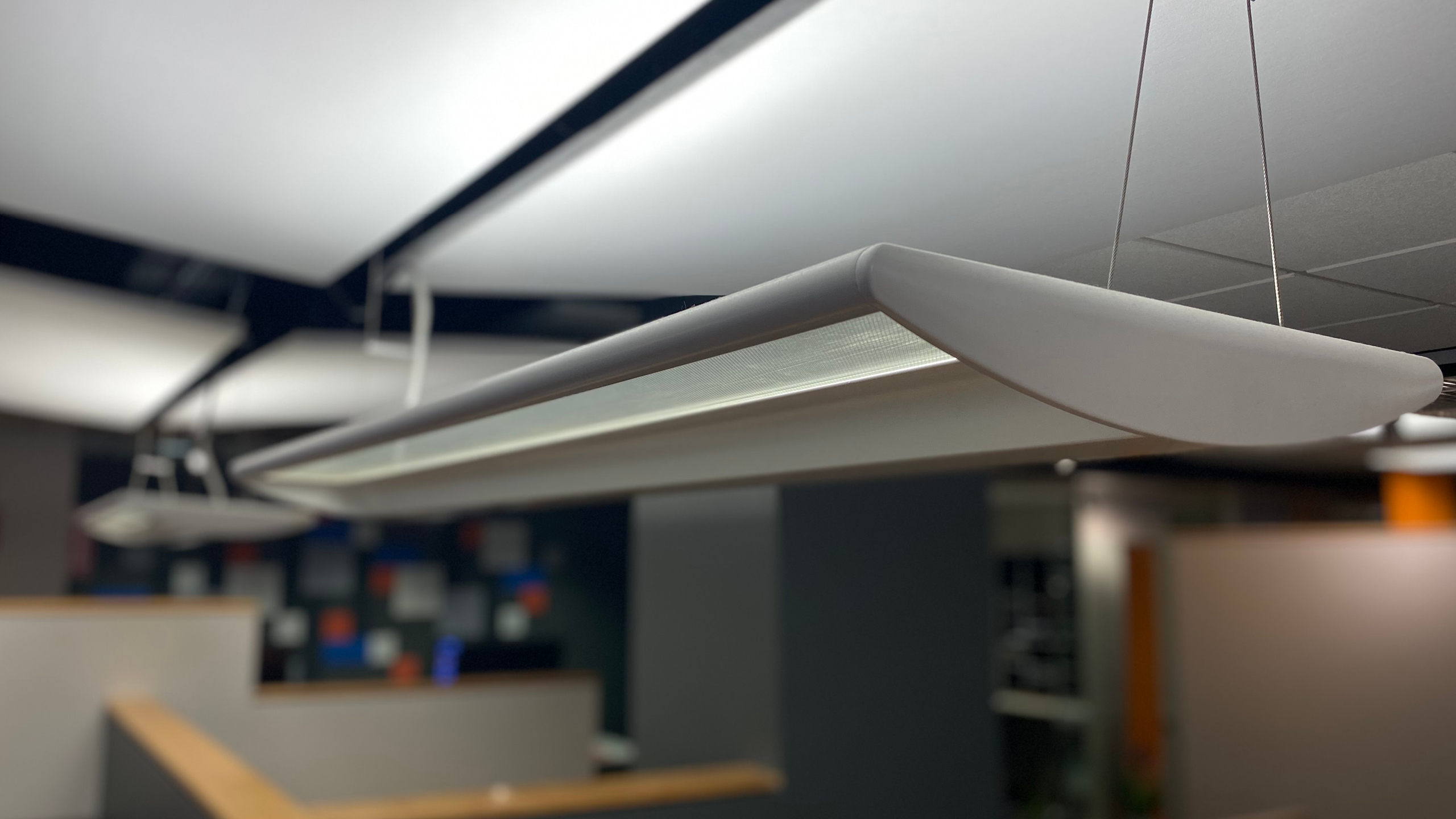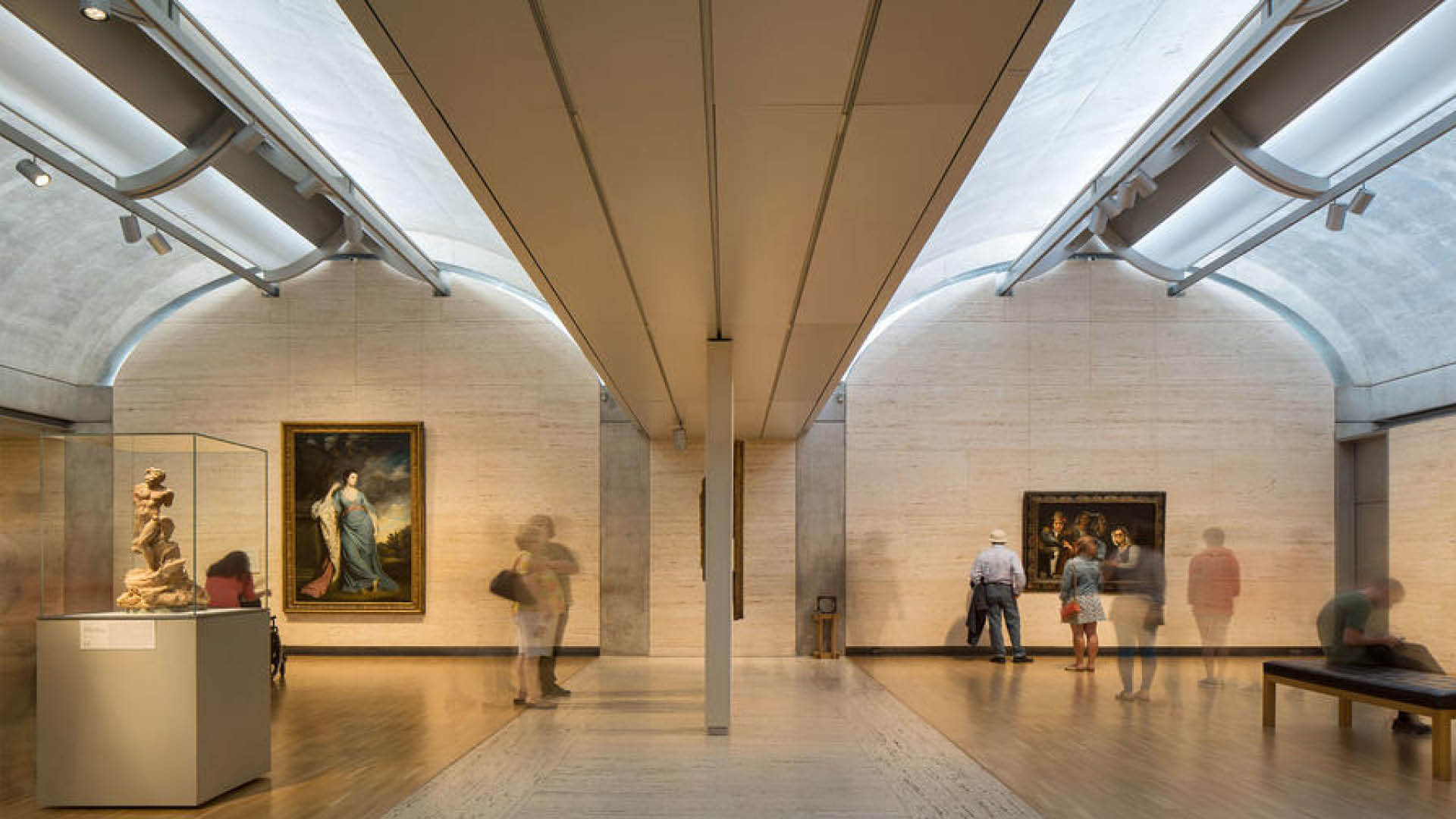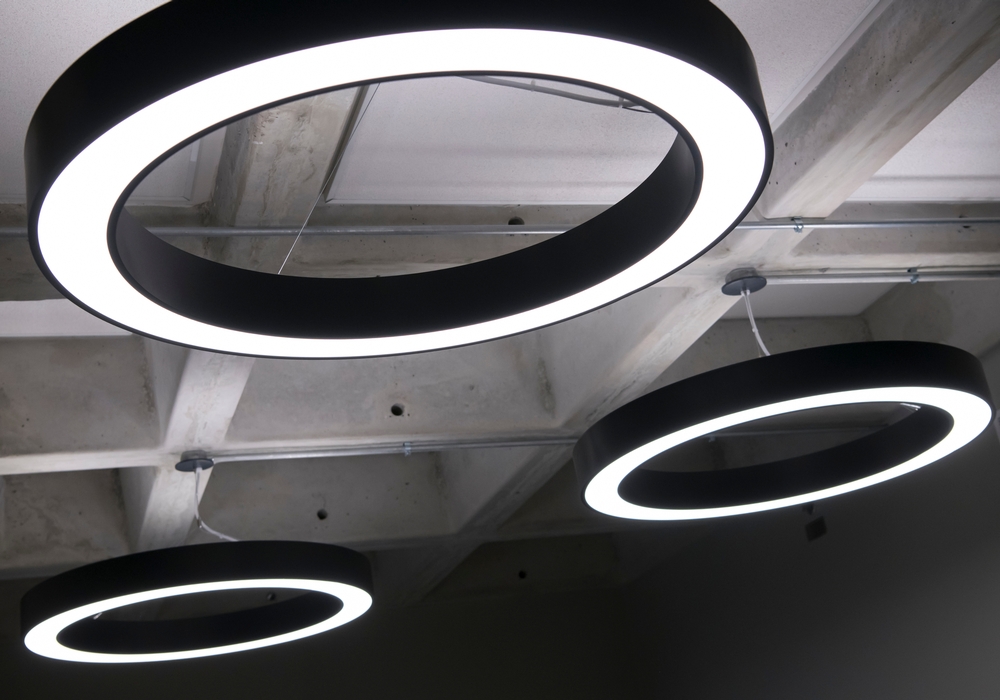Lighting Design: Incorporate Indirect Lighting in Your Space
January 10, 2023Post Tagged in
The best lighting available for the human eyes is daylight.But, because we have turned ourselves into “indoor creatures,” we have created a co-dependence to electric light. While there are both benefits and negative side effects to electrical light, let’s talk about types of electrical lighting that accompanies us throughout the day and long into the evening.
Image: Skyline Tower |

|


|
The direction and reflection of light primarily determines several types of shadow distributions. In general, the basic types of light distribution are the following: General Diffuse Lighting: General diffuse lighting is a mixture of direct and indirect lighting that spreads light evenly across a room. Almost half of the produced light is directed downwards, while the rest is upward. Direct Lighting: Direct lighting, simply put, casts light directly toward a focal point. It provides sufficient light to perform productive tasks like working, reading, and writing. Indirect Lighting: Indirect lighting is directed toward the ceiling, making the large surface area a source of reflective illumination. |

Let’s focus on indirect light.With even light distribution, indirect lighting makes for pleasing aesthetics, especially in large environments. By avoiding glare, indirect lighting is gentle on the human eye and provides a soft ambience in spaces. Using architecture as a reflector, this type of lighting produces and displays a “sitting under a cloud” feeling with light bouncing off both the ceiling and walls. Louis Kahn Kimball Art Museum is a great example of the use of indirect light as a medium to manipulate the build environment. “The sunlight coming through the central slit […] turns into a silvery glow on the uppermost reaches of the finely textured concrete. The effect is glorious, but it is an effect, a calculated invention to make you feel that light is being shed from an unseen source.”— Wendy Lesser in You Say to Brick: The Life of Louis Kahn
Image: Kimbell Art Museum |

|



|
Art examples where soft, indirect lighting is prominent.The first example is the painting of Rembrandt’s mother reading (circa 1631-34) . Light directly falls onto the pages of the open book and softly reflects into her face, creating a beautiful gleam. In Vermeer’s piece, Woman Reading a Letter (circa 1662-1663), northern light glowing in the window creates a soft glow in the entire room. This light is both quiet and private. When thinking about using indirect lighting in a space, consider the advantages it will provide to your space: a cozy atmosphere, a glowing ambience, and avoided glare and shadows. |


Light levels can directly influence our mood and the sense of atmosphere in a space. They can also alter how we respond to certain environments and even people.The use of indirect lighting in interior spaces has and continues to evolve throughout the years. With its pleasant and calm nature, indirect lighting balances a space with soft light from reflection across walls, ceilings, or sometimes material. With even distribution, it avoids creating shadows and creates a cozy atmosphere with a high, feel-good factor. However, indirect lighting is too dark for some activities and tasks. For this reason, a combination with direct light is necessary. Balancing the direction of light takes practice to understand all of the possibilities of light as a medium for design. Light goes beyond just being functional, it deeply affects our frame of mind.
Image: SIRVA |

|
